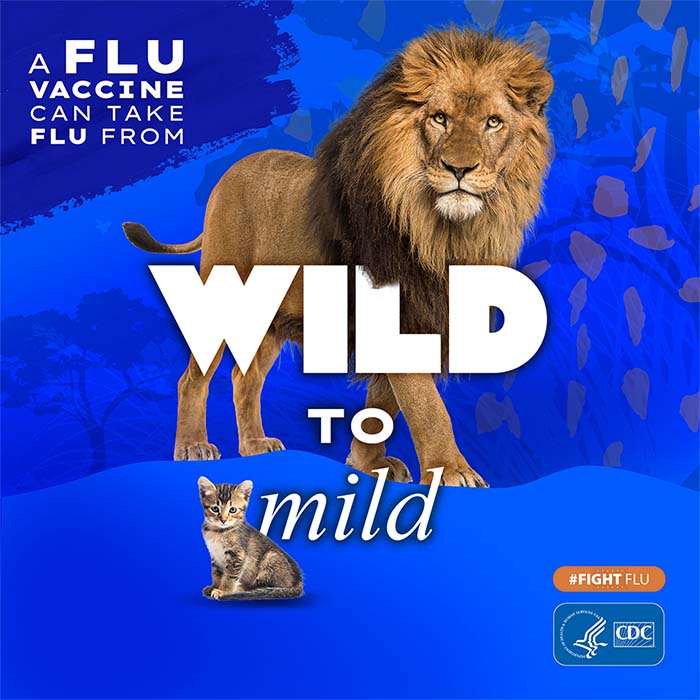CDC Study: Flu Vaccine Saved 40,000 Lives During 9 Year Period
March 30, 2015 – The seasonal flu vaccine prevented more than 40,000 flu-associated deaths in the United States during a nine year period from 2005-2006 through 2013-2014 according to estimates in a new study published in the journal Vaccine. This estimate represents a little less than a one-quarter (22%) reduction in the deaths that would have occurred in the absence of flu vaccination during that time. CDC has estimated previously that seasonal flu-associated deaths in the United States range between 3,000 and 49,000 people each year.
Estimates from the study showed that the majority of the flu-associated deaths prevented—nearly 89 percent (88.9%)—were in people 65 years of age and older. Next to older people, young children 6 months through 4 years of age benefitted most from flu vaccine in terms of the percentage of deaths averted. Children younger than 5 years old and adults 65 years of age and older are at high risk of serious flu complications and typically account for the majority of flu-associated deaths and have the highest flu-associated hospitalization rates.
The study included a breakdown of deaths prevented by season. The most deaths were prevented during the 2012-2013 season, when nearly 9,400 deaths were prevented by vaccination, despite modest estimated vaccine effectiveness that season. Like the current 2014-2015 flu season, H3N2 viruses circulated predominantly during the 2012-2013 season.
The fewest deaths prevented by flu vaccination occurred during the 2009 pandemic. Researchers estimated that 222 deaths were prevented by vaccination that season. Study authors attributed this to the fact that 2009 monovalent pandemic vaccine did not become widely available until well after the peak of influenza illness had occurred. Flu activity during the pandemic was dominated by 2009 H1N1 virus circulation, with almost no seasonal viruses being detected during that time.
To conduct the study, researchers applied statistical modeling with U.S. age-group specific estimates of flu-associated excess deaths, monthly flu vaccination coverage estimates, and summary seasonal flu vaccine effectiveness (VE) estimates.
Overall, the findings from the study continue to support the benefits of flu vaccination and suggest that both increased flu vaccination coverage and increased flu vaccine effectiveness would help to prevent more flu-associated deaths.
The article is available online from the Vaccine journal’s website.
